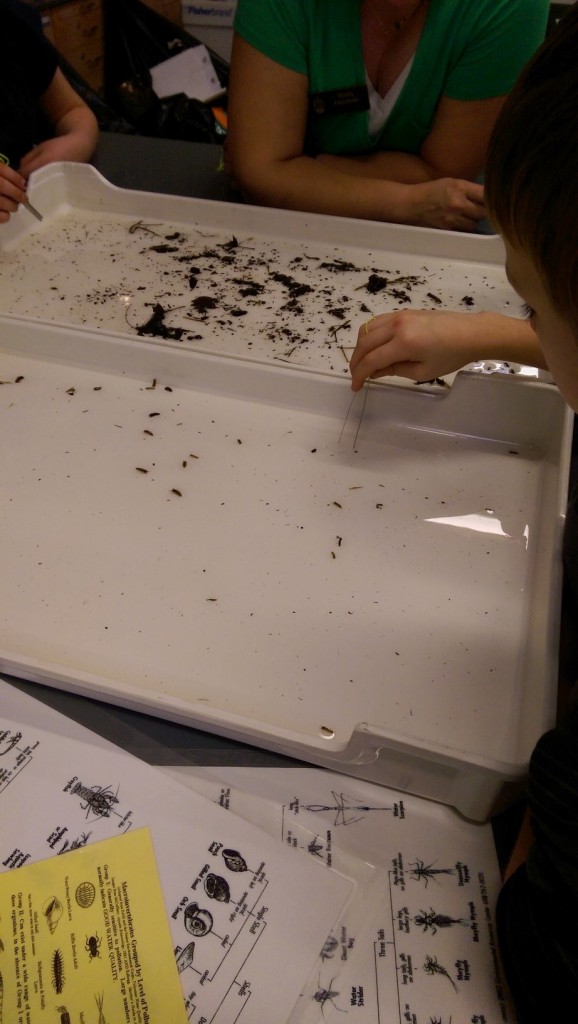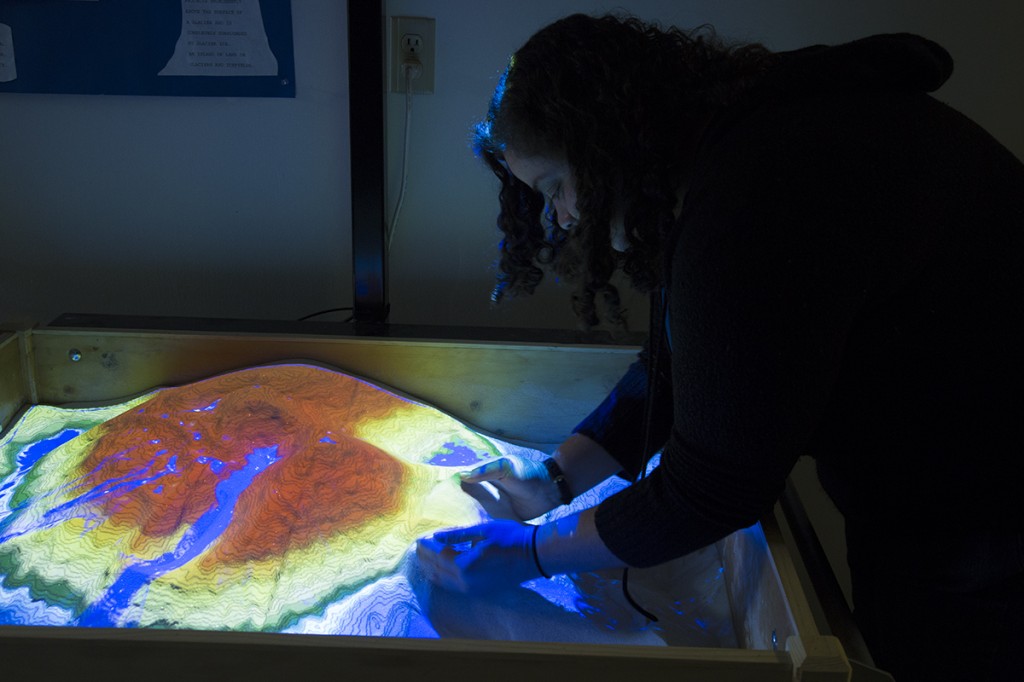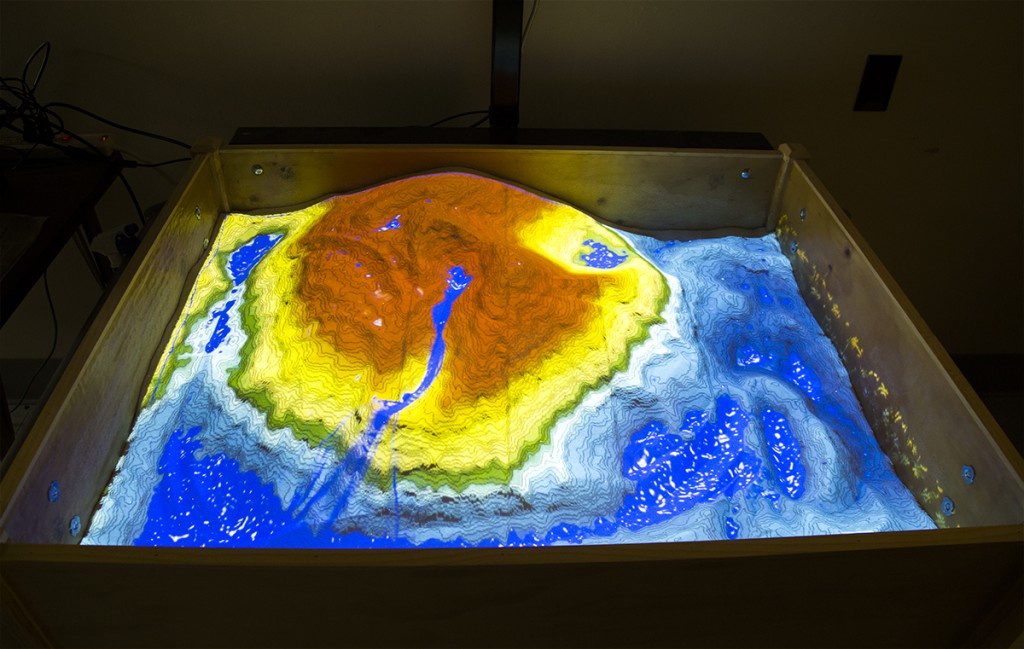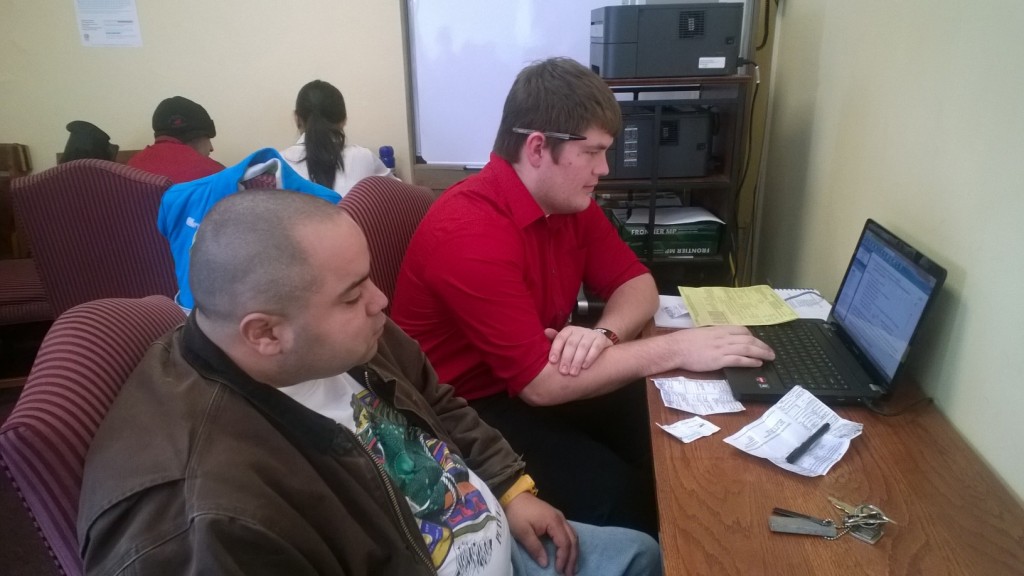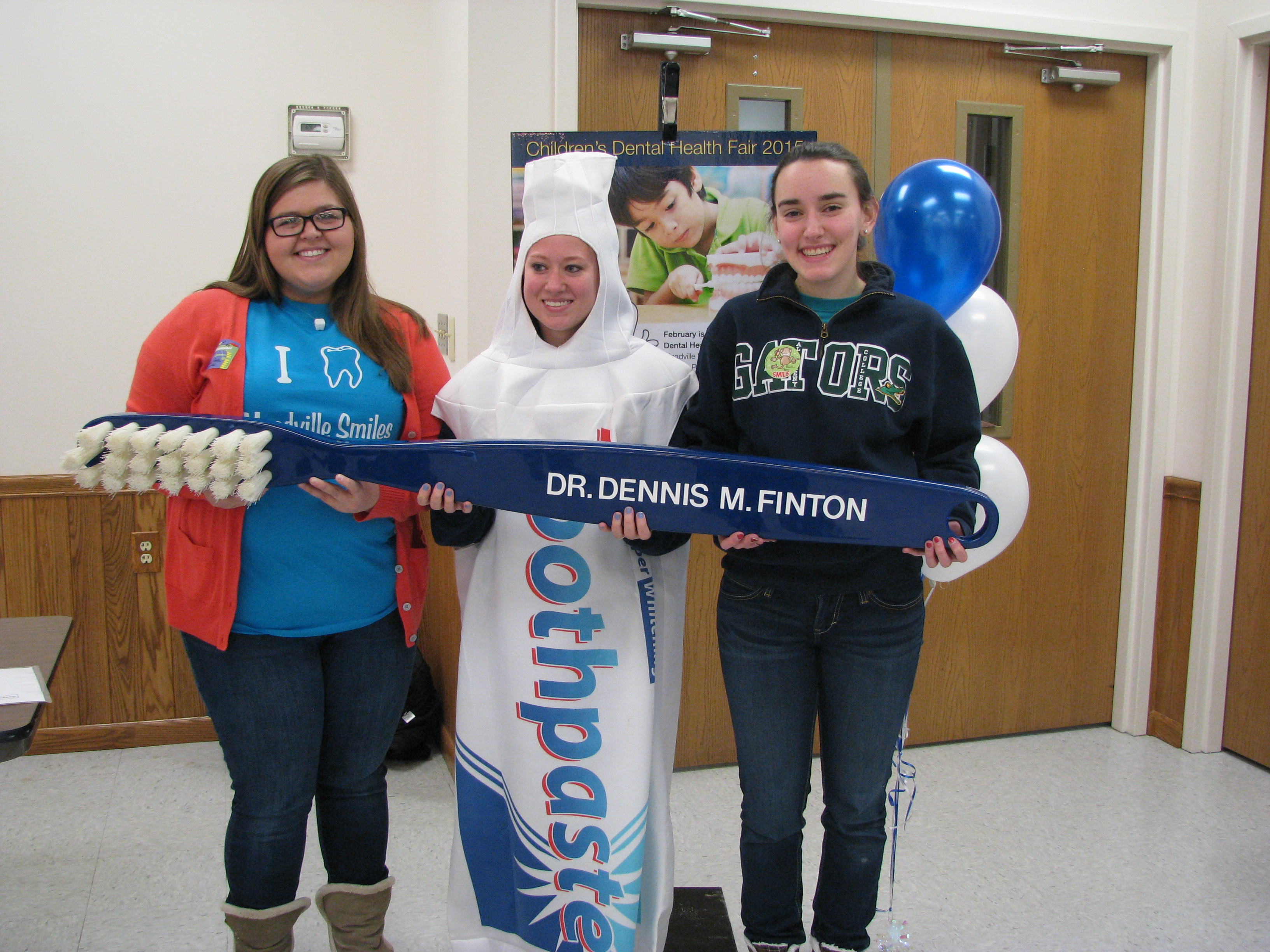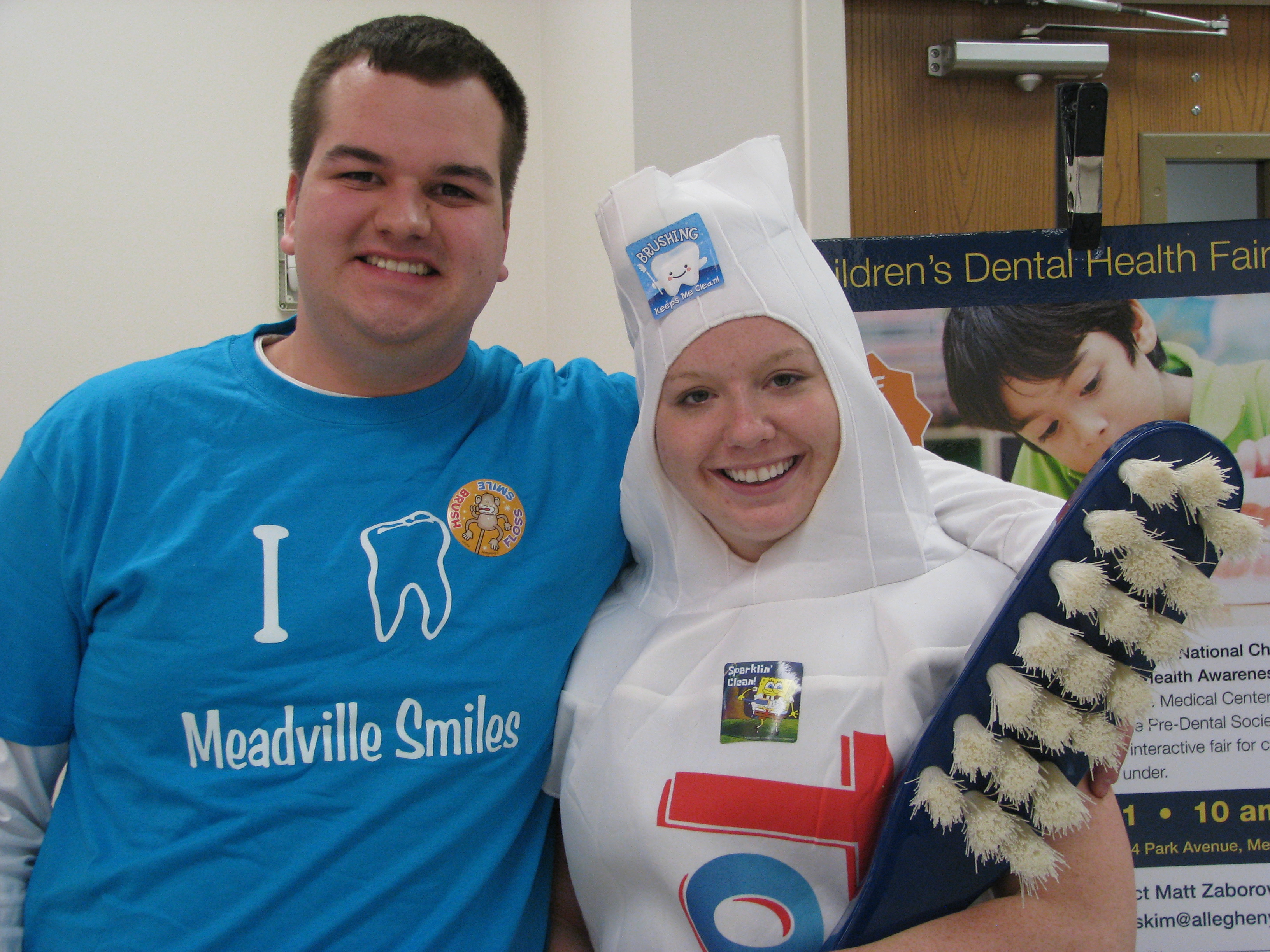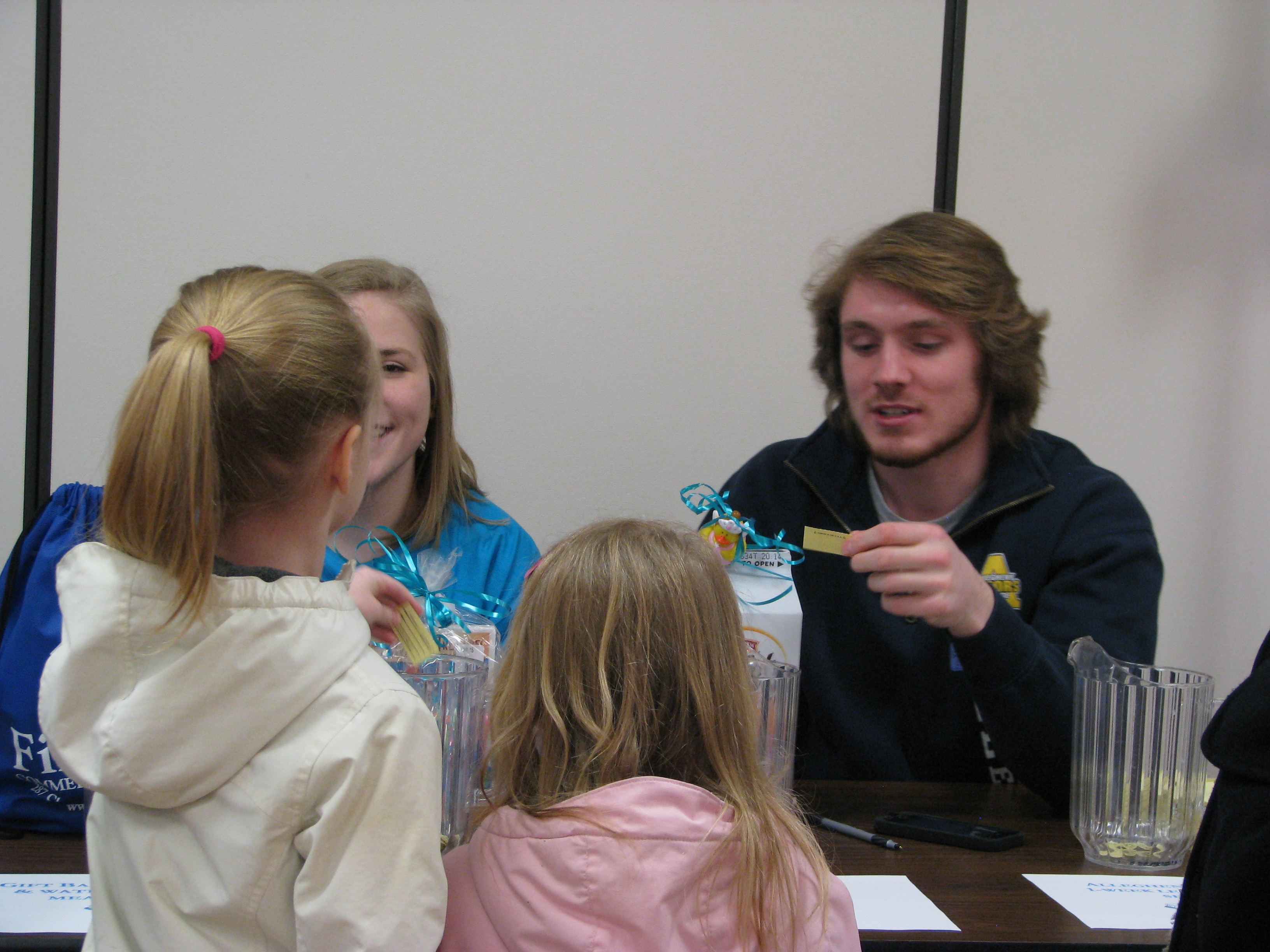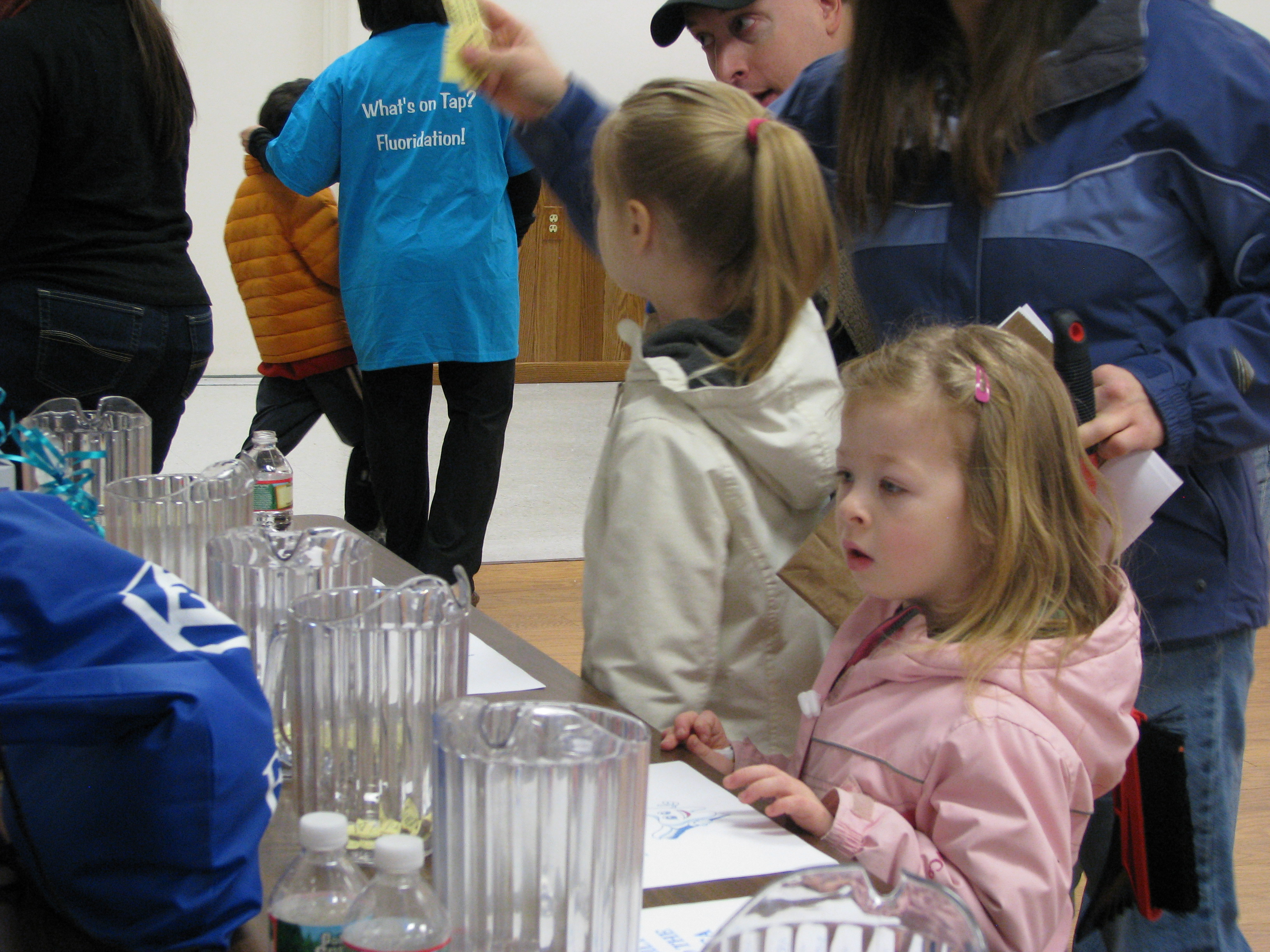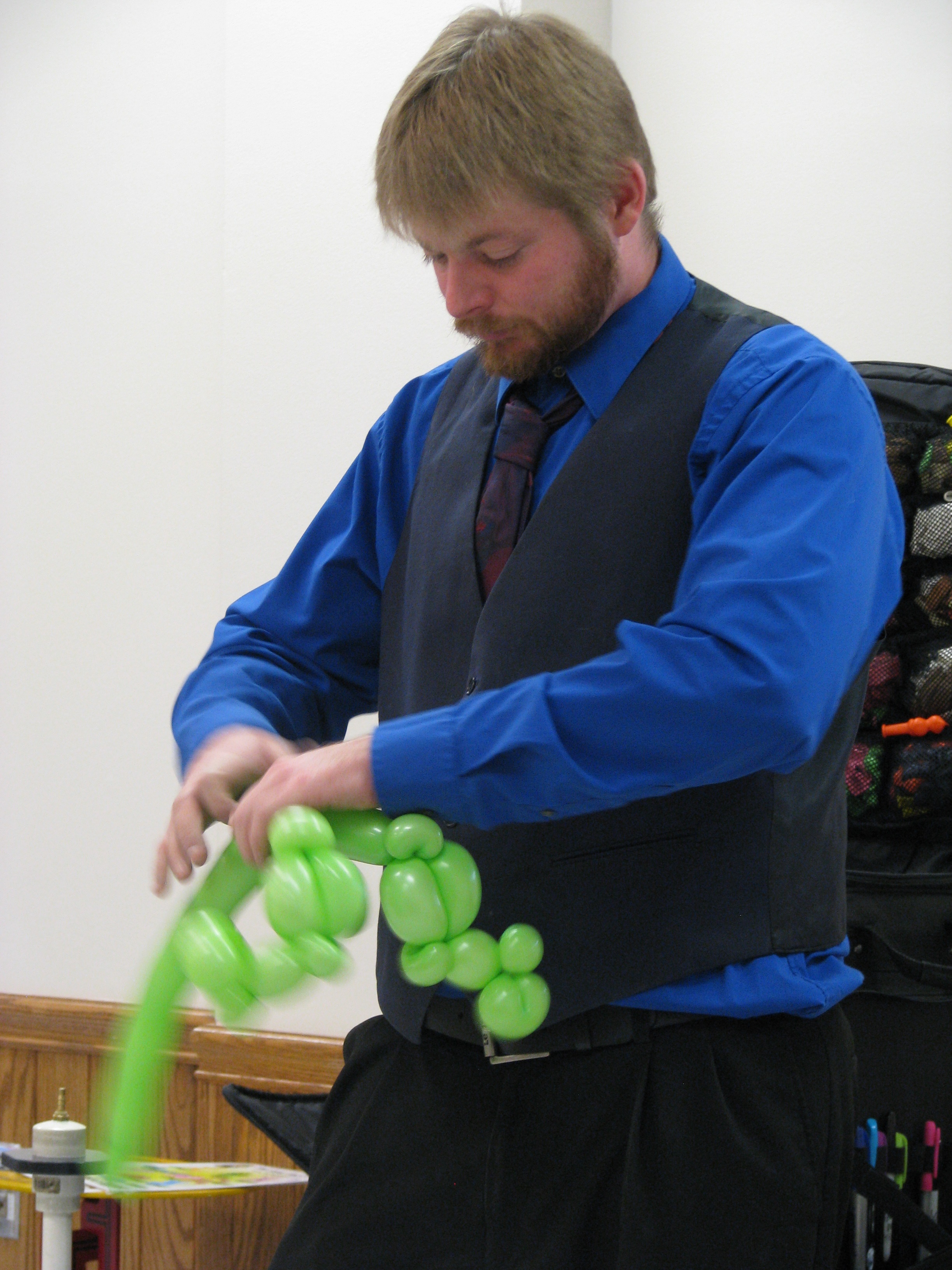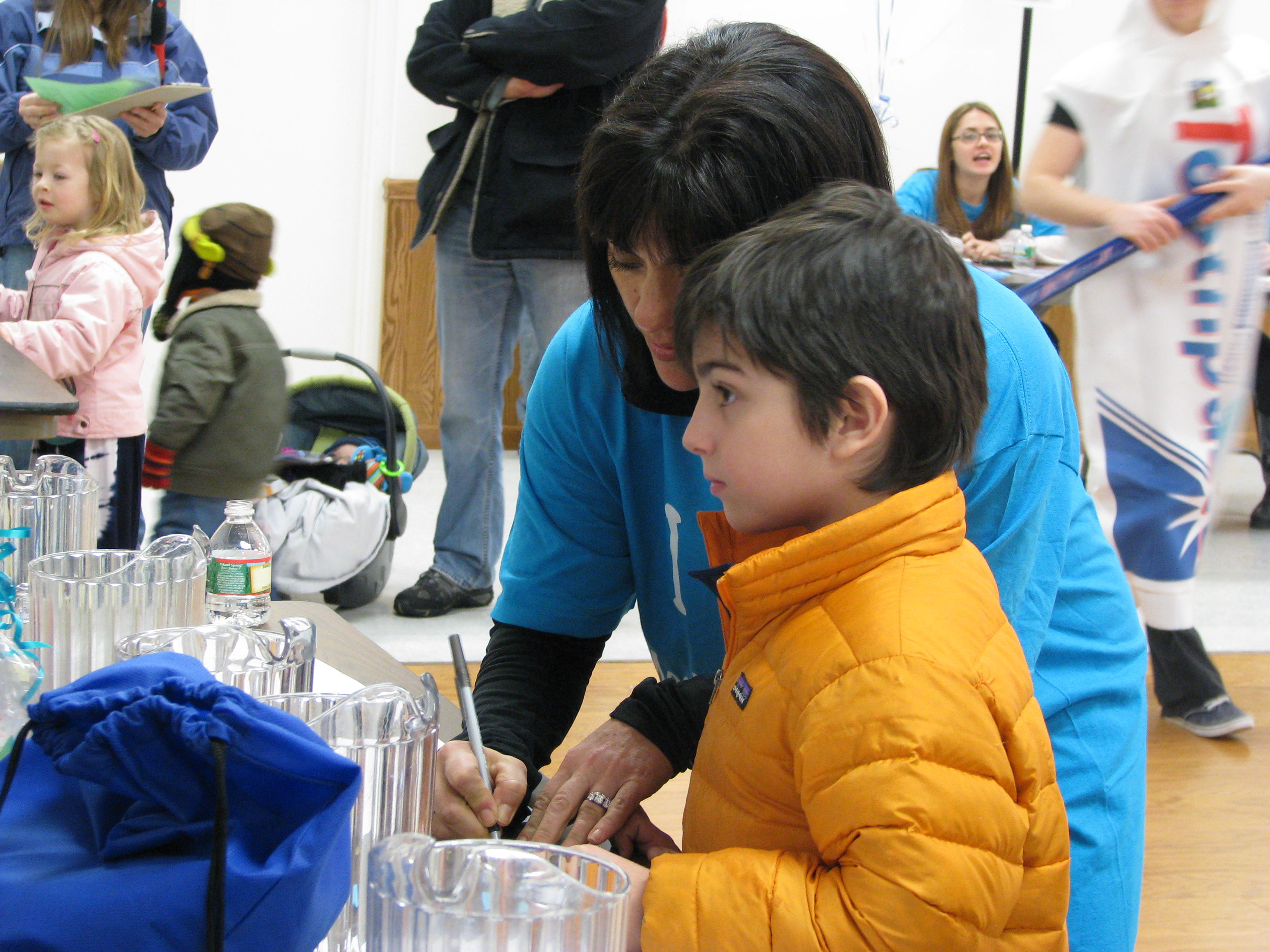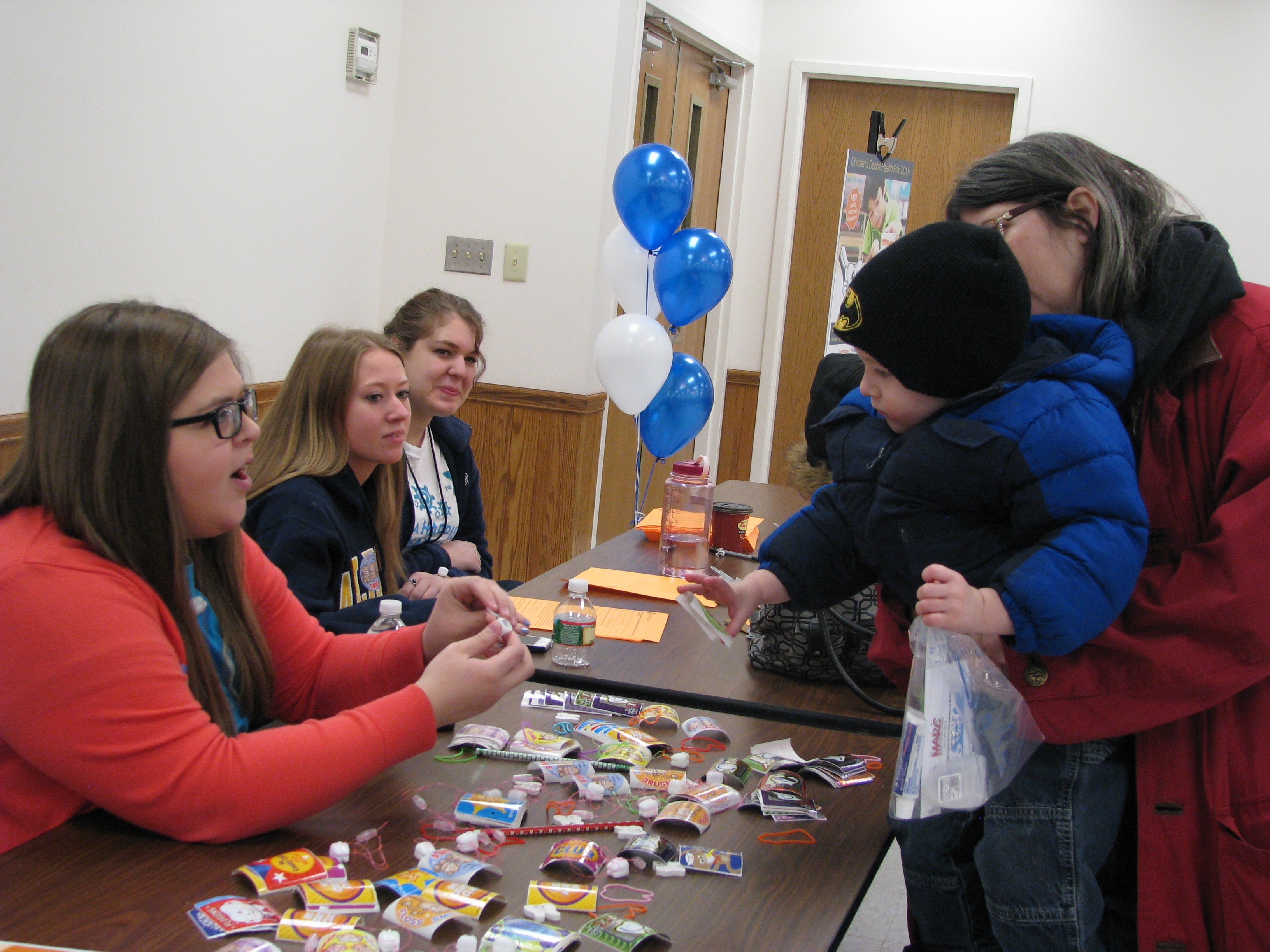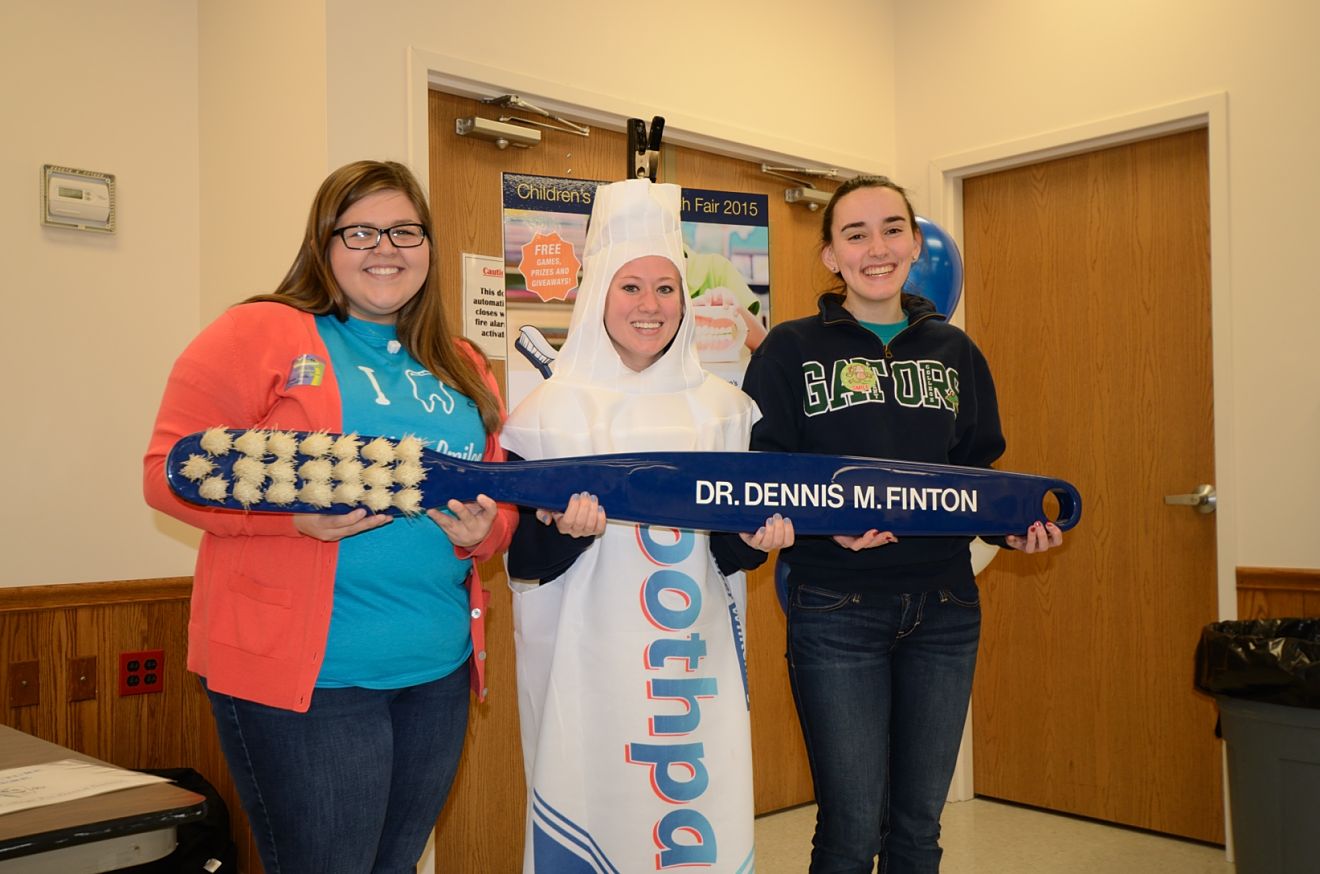IMG_2336
IMG_2333
IMG_2327
IMG_2324
IMG_2323
IMG_2322
IMG_2321
DSC_0922
jQuery(document).ready(function($) {
$(‘#featured1’).satlorbit({
animation: ‘fade-blend’, // fade, horizontal-slide, vertical-slide, horizontal-push
animationSpeed: 700, // how fast animations are
timer: true, // true or false to have the timer
advanceSpeed: 5000, // if timer is enabled, time between transitions
pauseOnHover: false, // if you hover pauses the slider
startClockOnMouseOut: false, // if clock should start on MouseOut
startClockOnMouseOutAfter: 1000, // how long after MouseOut should the timer start again
directionalNav: true, // manual advancing directional navs
captions: true, // do you want captions?
captionAnimation: ‘slideOpen’, // fade, slideOpen, none
captionHover: false, // true means only show caption on mousehover
captionAnimationSpeed: 800, // if so how quickly should they animate in
bullets: false, // true or false to activate the bullet navigation
bulletThumbs: true, // thumbnails for the bullets
bulletThumbLocation: ”, // location from this file where thumbs will be
afterSlideChange: function(){}, // empty function
centerBullets: true,
navOpacity: 0,
sideThumbs: false,
preloader: 1,
thumbWidth: 85,
respExtra: 30, // the width beyond the slide image
alwaysPlayBtn: true });
});
jQuery(‘.orbit-thumbnails’).ready(function ($) {
if ($(‘.orbit-thumbnails’).width() < $('.thumbholder').width()) {
$('.orbit-thumbnails').css('margin', '0 auto');
}
});
jQuery(window).resize(function($) {
jQuery('#featured1').satlresponse({
respExtra: 0, // the width beyond the slide image
sideThumbs: false });
});
jQuery(window).bind('focus', function(ev) {
jQuery('#featured1').satlfocus({
focus: true
});
}).bind('blur', function(ev) {
jQuery('#featured1').satlfocus({
focus: false
});
}).trigger('focus');
“A smile is the same in every language.”
Any time Matt Zaborowski ’17 reads this quote, it reminds him why he has chosen to become a dentist.
Zaborowski, a global health major/biology minor from Bloomfield, N.Y., says he became interested in dentistry because of personal dental work he had done.
“I was born without adult incisors, which means I have undergone years of orthodontic work and surgeries to place implants,” he says. “Such work has increased my understanding of the multifaceted aspect of this profession. The cutting-edge technology used at both the orthodontist and oral surgeon’s offices, in conjunction with communication between my general dentist and these specialties to precisely identify the best course of action, is intriguing and is the reason why I developed an interest in the dental field.”
To help him become more involved in dentistry at Allegheny, Zaborowski joined the College’s Pre-Dental Society, a group dedicated to improving the oral health of the surrounding communities. As the group’s co-president, Zaborowski learned about a need for oral health awareness in the community and thought this was a perfect opportunity for the Pre-Dental Society to help.
As a result, as part of National Children’s Dental Health Awareness Month, the Pre-Dental Society joined with Meadville Medical Center to host a free Children’s Dental Health Fair. The fun, interactive fair for children ages 18 and under was held from 10 a.m. to 2 p.m. on Feb. 21 at the Lew Davies Community Building, 1034 Park Ave.
The fair included a fluoride station, healthy food demonstrations, good hygiene techniques and community-based oral health resources, along with free games, prizes and giveaways. (See photos above.)
“The goal was to provide a fun experience for the whole family while also giving children and adults techniques and resources they can use for a lifetime,” Zaborowski says. “We wanted to help the community understand how important oral health is. And at the same time, we hoped to get a better idea of what some of the barriers to oral health are.”
“We love to partner with Allegheny College. The students bring such enthusiasm and creativity to all our efforts,” adds Denise Johnson, M.D., chief medical officer at Meadville Medical Center. “The College is well known for its community engagement, and we in Meadville and the Medical Center do benefit.”
The idea for the fair came out of data compiled from the Meadville Community Health Needs Assessment, which Allegheny students participated in alongside representatives from Meadville Medical Center. The goal of the assessment was to determine the health needs and their associated risk factors in the area served by the Medical Center. Among several findings, the first phase of the assessment found indicators that poor oral health among children may be underreported, and that oral health may be more problematic than the data show.
“The fair was the first step toward increased education,” Zaborowski says. This summer, he plans to conduct assessments at the local dental clinics to help gather more information about the community’s oral health needs.
Although this is the first year for the fair, Zaborowski says he’d like to see it become an annual event. “The hope is that we’ll be able to assess over time whether increased education leads to improved oral health,” he says.
“My ultimate goal is to try to make kids smile more,” he adds.” I hope as I pursue a career in dentistry to be able to find this source in order to give people the confidence to wear smiles they can be proud of.”
Zaborowski says he’s grateful to have the opportunity to work on such a significant community project beginning in his sophomore year.
“I think it’s wonderful that the College gives us this opportunity to work with the professionals at Meadville Medical Center. It shows how Allegheny is part of the overall community,” he says. “It also shows that we’re all working together with the same goal.”
More information about the fair can be found at https://meadvillechildrensdentalhealthfair.wordpress.com.
Source: Academics, Publications & Research


